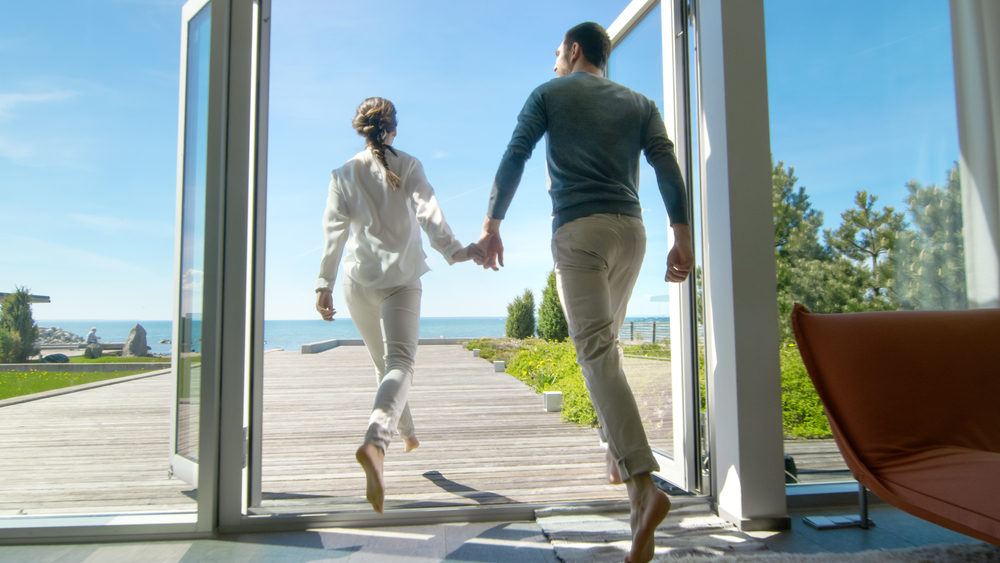What is vacation home insurance?

If you own a vacation home, you will need a separate secondary homeowners policy to protect your investment. The protection offered by the homeowners policy on your primary home does not extend to a second home.
What is secondary home insurance?
Vacation home insurance is often called secondary home insurance and while it is very similar to a typical homeowner policy, there can be differences which are important to understand. These policies are designed to protect a second home, one that is not lived in all the time.
Vacation homes are often considered a bigger risk by insurers due to the fact that they sit empty much of the year. The risk of theft, vandalism and water damage can be much higher in a vacant home than in one that is lived in year-round.
What Does Vacation Home Insurance Cover?
While a secondary home policy is pretty similar to a more traditional homeowners policy there can be differences. In many cases, a secondary homeowners policy will be a named perils only policy. This means that it will only protect the home against perils listed in the policy wording.
A standard homeowners policy will protect against all perils unless they are excluded in the policy wording. Perils that would typically be covered by a named perils policy include:
- Fire or lightning
- Windstorm or hail
- Explosion
- Riot or civil commotion
- Aircraft
- Vehicles
- Smoke
- Vandalism
- Theft
- Volcanic eruption
- Falling object
- Weight of ice, snow, or sleet
- Accidental water overflow or steam
- Sudden and accidental tearing apart, cracking, burning, or bulging of certain household systems
- Freezing
- Sudden and accidental damage from artificially generated electrical current
Other coverages that are included with secondary homeowners coverage include:
- Other structures coverage: This coverage protects other structures on your property. Examples include detached garages, fences, walkway or driveway, barns, and other outbuildings.
- Personal property coverage: This protects your personal property in the house. Clothing, electronics, furniture, and appliances are good examples.
- Personal liability coverage: This will help cover medical and legal bills if someone is injured in you home. It will also cover damage you do to another person’s property.
When purchasing vacation home insurance, be sure to read the entire policy, particularly the declaration page. If you have any questions about coverage or exclusions, ask your agent.
How much does vacation home insurance cost?
The cost of vacation home insurance can vary dramatically depending on several factors. Where your home is located, it’s size as well as your personal factors will all impact your premium.
According to data from Bankrate.com, the average premium for secondary home insurance is $2,014, but your premium could be higher or lower based on where your home is located.
Other coverages to consider
Just like a standard homeowners policy, secondary home insurance excludes flood and earthquake damage. If your vacation home is in an area that is prone to flooding or earthquakes you may need to carry a separate flood or earthquake policy to fully protect your second home.
Earthquake insurance can be purchased as a rider or endorsement on a standard policy. Flood insurance is usually a separate policy and can be purchased from the National Flood Insurance Program (NFIP) or a standard insurance company.
Tips to save money on secondary home insurance
Here are a few tips to help keep your secondary home insurance affordable:
- Shop around: Shopping your coverage is probably the best way to lower your premium. Insurers rate risk differently which can result in dramatic differences in premium quotes. Shop at least 6 insurance companies and make sure you are comparing apples to apples when it comes to coverage levels and deductibles.
- Discounts: Insurers offer a wide variety of homeowners insurance discounts and they can have a major impact on your premium. Ask your agent to perform a discount review to make sure all discounts you qualify for are being applied to your policy.
- Up your deductible: If you can afford to double your deductible, you should see dramatic savings on your premium. Always choose a deductible you can easily afford in the event you have to make a claim.
- Upgrade your home: Adding a monitored security system to your second home can result in a hefty discount. Adding storm shutters or impact resistant roofing will often result in a discount as well. Check with your insurer for upgrades that can lower your premium.
